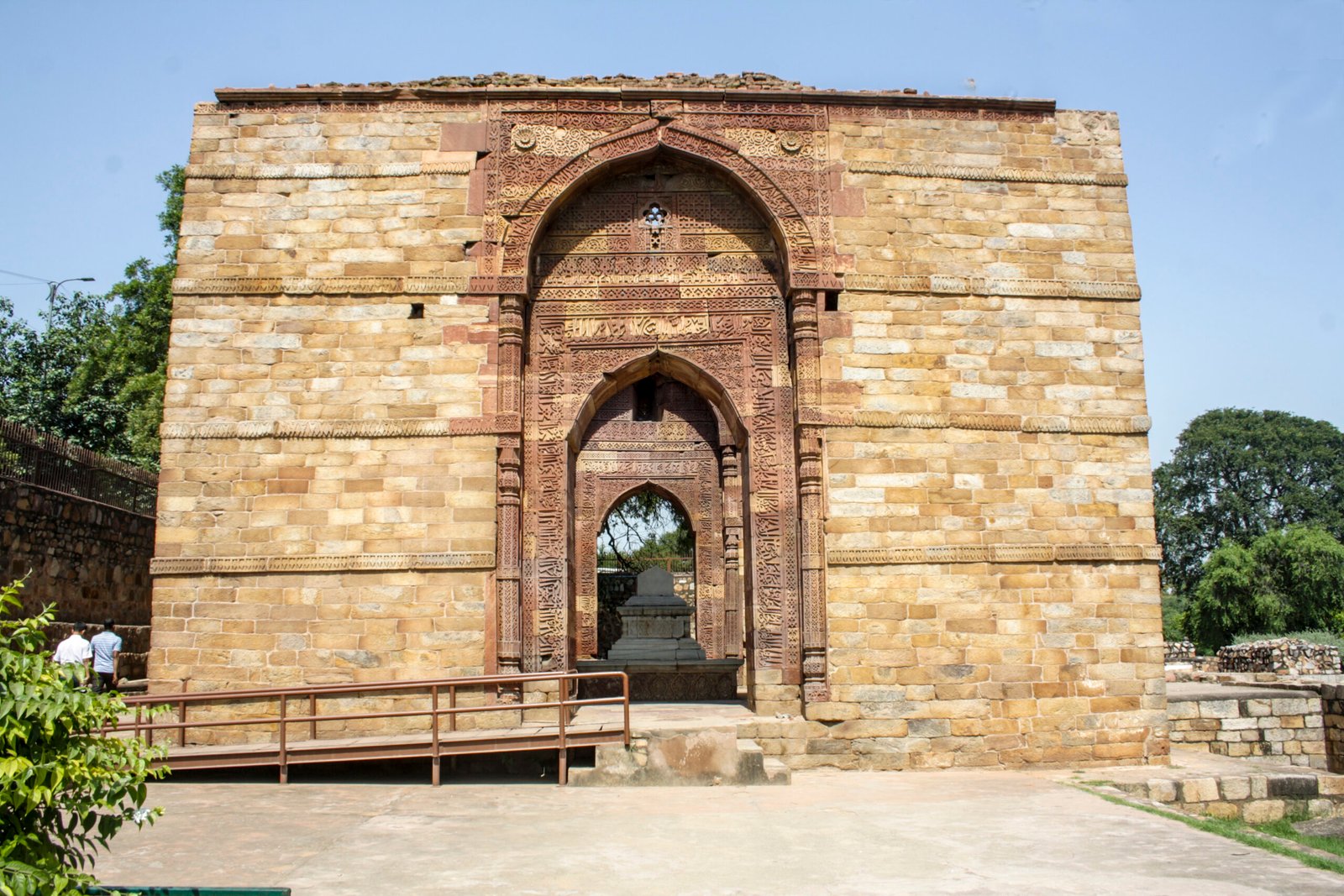The establishment of the Delhi Sultanate marked the first significant Islamic political
presence in the region. The Delhi Sultanate Sources provide insights into the history of the Delhi Sultanate are diverse and include contemporary accounts, historical texts, inscriptions, and archaeological findings. Here’s a brief overview of some key sources.
Delhi Sultanate Sources
Contemporary Historical Writings
Hasan Nizami’s work (Taj ul Ma’asir) can be called the first official history.
1. Minhaj -us- Siraj Juzjani’s Tabaqat i- Nasiri
He used it to describe dynasties and individuals. The book is organized into twenty-three Tabaqa. Tabaqas are further organized into chapters and subsections (Tabaqa Layers). It sheds information on Turkish dominance in India. It provides background information on Turkish rule. He was supported by Iltutmish and Bulban.
Limitations of Minhaj -us- Siraj Juzjani’s Tabaqat i- Nasiri
- It fails to accurately portray the strength and viewpoint of Indian opposition.
- Minhaj’s narrative overlooks non-Turkish aristocrats’ contributions to the Sultanate’s history.
- The author’s political sympathies may have influenced his account, resulting in exclusion of important events. For example, he accuses Rajia for importing Yakut to undermine the Turkish nobility’s power.
- Minhaj’s approach overlooks the function of Sufi Saints, resulting in a limited understanding of the socio-religious dynamics throughout that time.
2. Amir Khusro
- While some historians consider Amir Khusro to be more of a poet-historian than a professional historian, he has provided valuable insights into the Sultanate.
- His political works, especially the Masnavis, provide vital information on the Sultanate. Some of his major works include Qiran-us-Sadein, Miftah ul Futuh, Khazain ul Futuh, Nuh Siphir, Tughlaq Nama, and Ashiqa.
Limitations of Amir Khusro
- Amir Khusro’s historical reports lack precise chronology and convey facts in a rhetorical manner.
- His narrative lacks objectivity and tends to be poetic in nature.
3. Ziauddin Berni
- He is regarded as a remarkable historian and scholar.
- He shared information on political and economic activities. For example, he supplied comprehensive information on Ala ud Din Khilji’s price control systems and rulership.
- His notable works include Tarikh i Firozshahi and Fatwa-e- Jahadari.
- He continued the work of Minhaj and Siraj.
4. Other minor sources:
❖ Afif wrote Tarikh- i- Firojshahi.
❖ Isami wrote futuh -us- Salatin
Iltutmish (1210-1236)
Challenges faced by Iltumish
- Iltutmish faced several problems during his reign. Following the death of Qutub ud din Aibak, his son Aaramshah, despite aristocratic support, proved unsuccessful and was defeated by his son-in-law, Iltutmish.
- The administration’s move from Delhi resulted in a lack of centralized military and political management.
- Iltutmish faced external threats from Yaldoz, ruler of Ghazi, and Qubacha, ruler of Multan, who capitalized on the instability.
- Ali Mardan Khan instigated revolts in Bihar and Bengal, leading to law and order concerns.
- Independence declarations by Rajputs in Gwalior and Ranthambore exacerbated Iltutmish’s challenges.
- Furthermore, the Mongol threat provided ongoing challenges to Iltutmish’s rule.
Iltutmish- Approaches and Policies
Iltutmish implemented various strategic approaches and policies during his reign
- at 1215, he defeated Yaldoz at the Battle of Terrain and then ousted Qubacha from Punjab in 1217.
- Iltutmish organized his nobility by organizing groups of 40 slaves called Turkan iChahalgani, to whom he granted important authority.
- Recognizing the Mongol menace, he protected the Sultanate by refusing sanctuary to Ziauddin Mangeberni, preventing a potential invasion.
- Iltutmish’s army conquered Bihar in the 1210s and attacked Bengal in 1225.
- He led a campaign against the Rajputs, capturing Ranthambore and gaining control of Gwalior and Mandore.
- The Khalifa/Caliph of Baghdad recognized Iltutmish’s authority and awarded him the renowned mansur, confirming his legitimacy as king.
- He established the Iqtadari system, dividing the kingdom into Iqtas given to nobles in exchange for a payment. The surplus amount (Fawazil) was sent to the central administration.
- Iltutmish introduced the Sultanate’s official coinage, the silver tanka and copper jittal, which improved the economy.
- Satish Chandra referred to him as the “real founder and architect of the Delhi Sultanate.”
- Minhaj us Siraj described him as “the most virtuous, kindhearted, and divine sovereignt.”
Limitations of Iltumish
Iltutmish faced certain limitations during his rule
- The inability to exert control over the nobility raised doubts about the ruler’s authority.
- The Rajput issue remained unresolved during his reign.
- The challenges posed by the Mongols were not permanently addressed, indicating a persistent struggle to manage this particular threat.
Conclusion
Iltuthimsh gave the sultanate a capital, governing class, and
Prof Nizami
established an independent state.
Pre & Mains : Buy History NCERT 11th class by R.S.Sharma for UPSC
History Optional : Buy A History of Ancient And Early Medieval India : From the Stone Age to the 12th Century By Upinder Singh
Feature Image Credit and License :- Wikimedia Commons license
